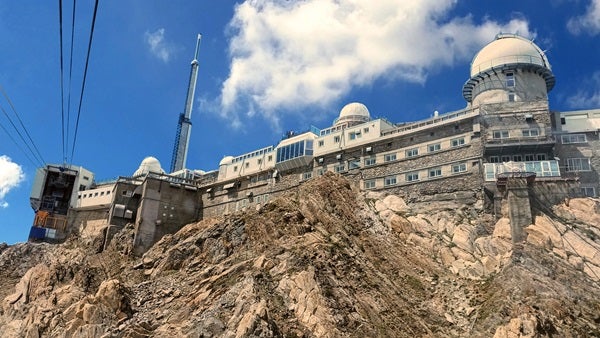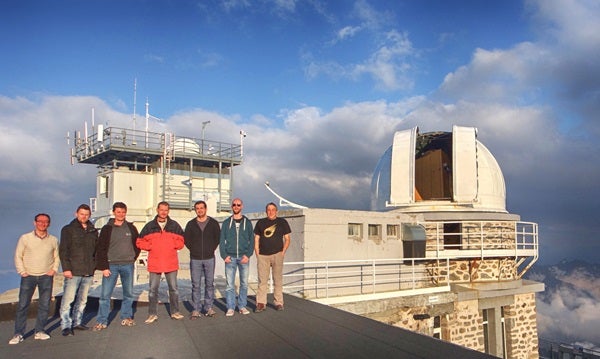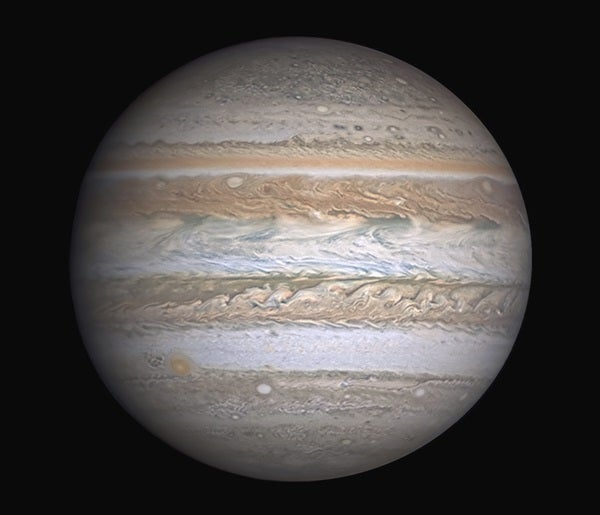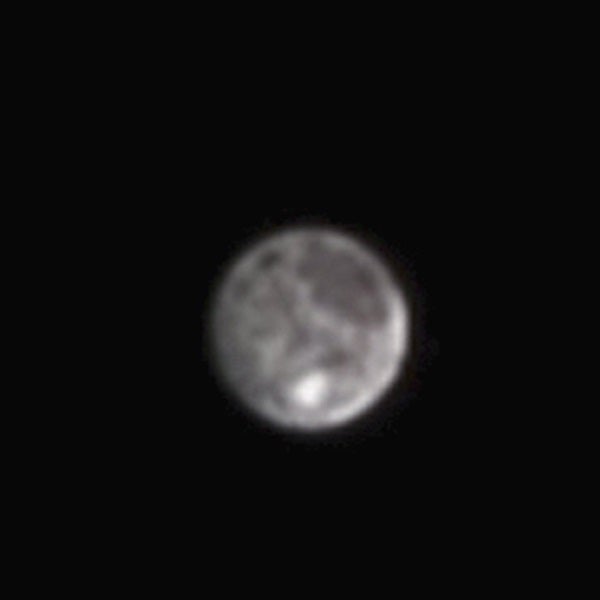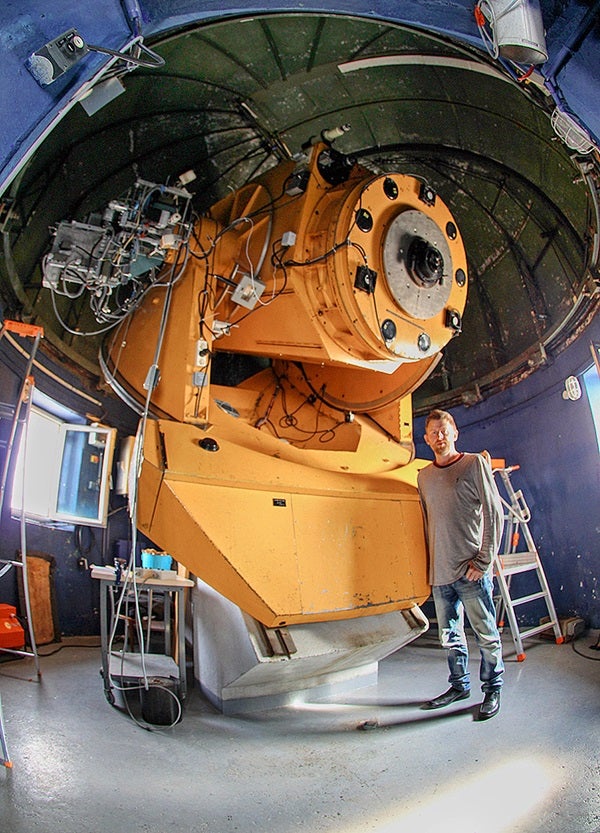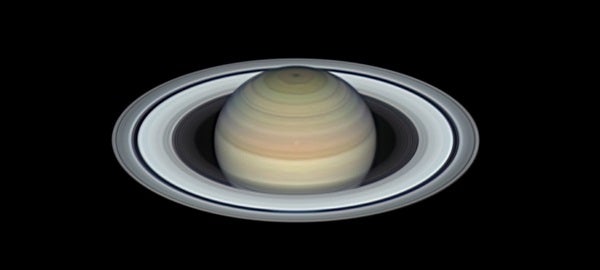The group was made up of two professional astronomers: François Colas, who works at Pic du Midi and has, for more than 25 years, imaged with the telescope we would be using; and Ricardo Hueso, a planetary scientist with the Escuela de Ingeniería de Bilbao. Besides me, the amateur astronomers in our group were Marc Delcroix, an advanced planetary observer with the French Astronomical Society; Emil Kraaikamp, the creator of the Autostakkert software used for planetary image processing; Gérard Therin, a pioneer in amateur high-resolution astrophotography; and Constantin Sprianu, a planetary observer from Romania.
A rich history
There’s no doubt you’ve heard of Pic du Midi Observatory, perched 9,440 feet (2,877 meters) above sea level atop Pic du Midi de Bigorre in the French Pyrenees. The observatory, about 90 miles (150 kilometers) southwest of Toulouse, has been a world-renowned site for astronomical observations for more than a century.
Construction of the observatory began in 1878, and telescopes rapidly appeared on the mountaintop thereafter. The remains of these original buildings are still on-site. One can only wonder how difficult it must have been to build an observatory where heavy snowfall and freezing temperatures can occur at almost any time of the year.
Pic du Midi is especially well known for its history of planetary observations. In the early 20th century, observations of Mars made there helped discredit the infamous theory of martian canals. Many famous astronomers have observed at Pic du Midi, including Bernard Lyot of France. In fact, the largest telescope at the observatory, a 2-meter reflector, is named in his honor.
Perhaps the most famous telescope at Pic du Midi is the one we used for our observations: the 1.06m f/17 Cassegrain reflector in the Gentilli dome. This telescope was built in the pre-Apollo era (1963) and funded by NASA primarily to capture detailed images of the lunar surface for mission planning. After the telescope saw first light, astronomers found the optics to be of only average quality, so French master optician Jean Texereau, a well-known figure to amateur telescope-makers, refigured them.
From the 1960s through the 1990s, the telescope was mainly used for planetary photography. Many of the finest photographic film images of the planets were taken with it. Recently, researchers have used the telescope only sporadically for planetary observations, and this fact led to the realization of this observing mission.
In 2016, Colas, the lead astronomer of the 1.06m telescope, spoke with a few French amateurs who had regularly visited the observatory over the past several years. He decided to form a small, dedicated team of experienced planetary observers — of whom I was one — who would use the telescope more regularly for planetary studies.
Thanks to funding from Europlanet, the team decided suitable dates for the prototype mission. We chose June 2017 because Saturn would be close to opposition, Jupiter would be well placed in the early evening, and Uranus, Neptune, and Venus would also be visible toward dawn.
The group met at Toulouse Airport. We then packed into two cars for a three-hour drive to the small town of La Mongie. The journey through this region was spectacular, passing through mountainous scenery and small country villages. As we reached La Mongie, we broke through a sheet of low clouds into blazing sunlight. From here, we transported several boxes of food and drink for the stay.
The cable car journey from La Mongie to Pic du Midi is not for those with a fear of heights! On the slow ascent up the mountain face, we were often suspended high above mountainous ravines. The view was spectacular, though, with low clouds below and jagged mountain peaks as far as the eye can see.
Eventually we reached the first cable car station, where we disembarked and moved to a second cable car for the final ascent to the summit. At this point, we could clearly see the observatory perched atop the mountain. When it first came into view, I wondered how an observatory could be built at such a site.
The 1.06m telescope, or T1M as it’s known, isn’t at all like your typical large amateur scope. Because it was built in the ’60s, many of its control systems take time to learn. So we spent some of that first evening prior to sunset learning how to operate the telescope, which was a key part of our mission. The telescope is operated from the laboratory directly below the dome, but the initial setup of locating the target object and installing the camera has to be done in the dome itself. Locating the target proved quite challenging, mainly because it involved climbing a tall ladder to reach the finder scope’s eyepiece. Colas’ many years of using the telescope were invaluable here.
Jupiter imaging
After a delicious evening meal prepared by Colas, we walked across to the western side of the observatory to watch the sunset, always a spectacular sight at this amazing location. Then we quickly walked back to T1M, where we would spend the next three nights.
From the wide range of cameras and filters to choose from, we ended up using a ZWO ASI174MM monochrome CMOS camera for most captures, but we also used the ASI224MC (color) and ASI290MM (monochrome) cameras. We made sure to bring large amounts of memory storage for what we hoped would be a productive few days. As it turned out, we had just enough space for all the data we would eventually capture.
Each evening began with Jupiter. Although well past opposition, the planet was situated high in the southwest, and we spent the first couple of hours imaging it. The first night, we dealt with quite a few thick, high cirrus clouds, but we were able to obtain good images. The second and third evenings, however, produced far better conditions that resulted in some extremely detailed images.
Although we obtained images through various filters on all the cameras, the best results were in the near-infrared wavelengths, where the resolution was remarkable. During the three nights, we covered most longitudes of the planet and obtained high-resolution images that would later allow us to measure wind speeds in Jupiter’s atmosphere.
Once we finished with Jupiter, we moved on to Saturn. This meant heading back up to the dome to move the telescope, recalibrate the dispersion corrector, and take a few peeks through the eyepiece.
Saturn was only a few days from opposition during our mission. The ring system was also close to its maximum possible tilt toward Earth. We feared the planet’s low altitude in the sky might limit our results. In the end, the sessions imaging Saturn into the early morning hours were perhaps the highlight of our nights’ work.
While Saturn never rose above 25°, the exceptional conditions that can prevail at Pic du Midi were in full effect. The second night produced seeing conditions of exceptional quality. Never have I observed a planet so still at such low altitude. Even when Saturn dropped to just 18°, the image remained razor sharp and still — a remarkable thing to witness, especially when you consider we were using 42 inches of aperture.
While imaging the ringed planet, we could see minor details such as the Encke Division, a 200-mile-wide gap within Saturn’s A ring. But after we processed our images, we realized we had gotten some really exceptional data, perhaps resulting in the sharpest ground-based image of the planet ever taken.
Once our Saturn observations were complete in early morning, just before twilight began, we shifted our attention to Neptune. One of the mission’s objectives was to capture images of the planet early in its apparition, as it was still quite low in the dawn sky. It marked a great opportunity to be the first to detect recent activity on the planet (since it emerged from the Sun’s glare), and we got lucky on both mornings.
We swapped cameras to use the highly infrared-sensitive ASI290MM camera, which works great for imaging the distant ice giants. We took several runs in near-infrared wavelengths, and on both mornings, we saw strikingly bright storms on the planet. This made our team the first to detect new features during the first part of the planet’s apparition. We also obtained one early image of Uranus, but we could not detect anything on the planet aside from the familiar bright polar region.
As the sky brightened with the approaching dawn, we moved on to Venus, blazing away brilliantly in the east. By this time, those of us remaining were feeling pretty tired, but it was worth the effort. We took some fine images of the planet, especially through ultraviolet filters, clearly revealing its familiar cloud patterns. Observations continued beyond sunrise, until we finally closed up and powered down about an hour later.
Mission accomplished
Having completed the processing for all the data, our team views the mission as a resounding success. We were indeed fortunate with the weather conditions, but the commitment of each member to maximize every available moment really helped to deliver the results you see here.
On a personal note, Pic du Midi Observatory is a remarkable place to observe from, not only for the superb astronomical conditions, but also the spectacular natural scenery visible in every direction. We never got tired of the breathtaking views, especially during dawn and dusk when the lighting and colors were spectacular.
The continuation of a long tradition of planetary imaging from this historic observatory looks assured. As I thought back to the results of astronomers such as Lyot, Audouin Dollfus, and Henri Camichel, I certainly felt a connection with those famous observers who also spent many memorable nights here pondering the details they saw through the telescopes.
Modern technology, such as high-speed cameras coupled with sophisticated image-processing software, has given this observatory a whole new lease on life to continue to produce astounding planetary images. I can only see a bright future both for the observatory and the historic T1M telescope, and I look forward to returning. As the saying goes: Vive le Pic!

